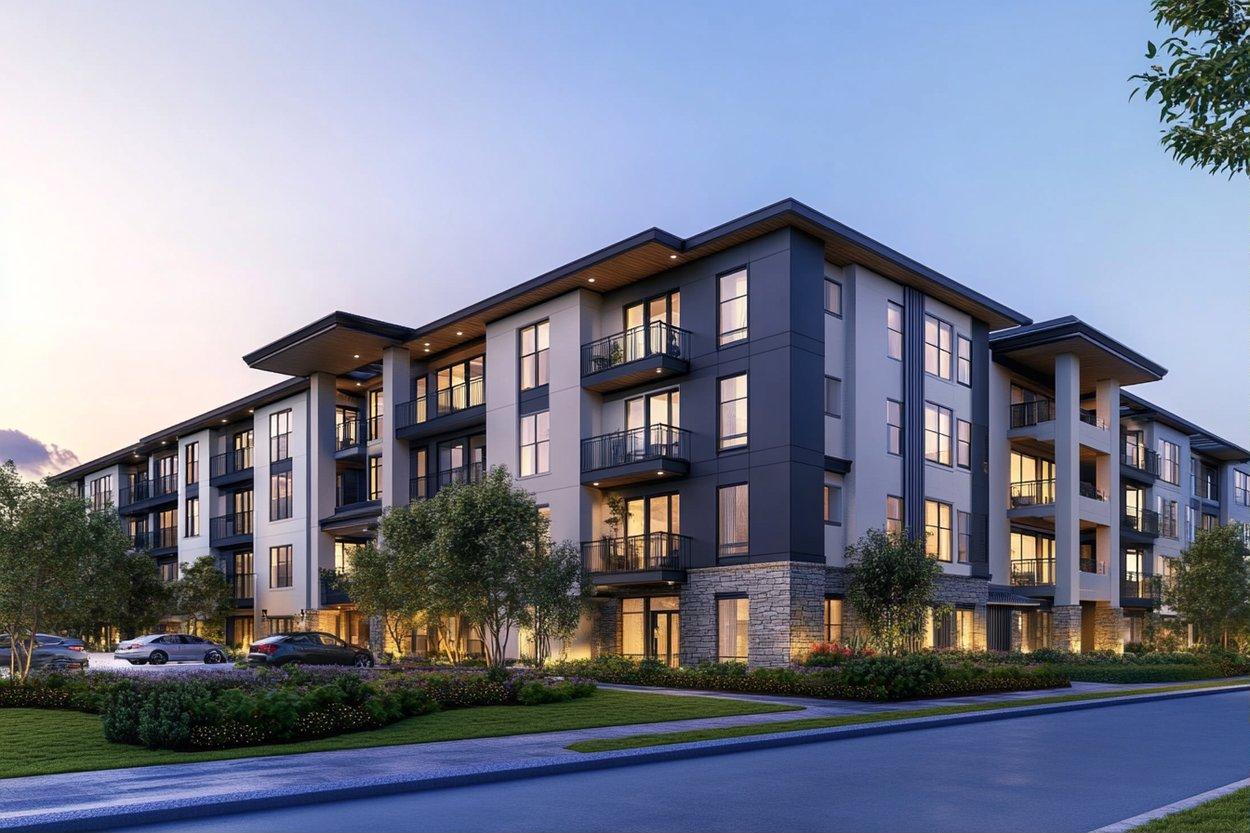The Rise of Slow Travel: Experiencing Destinations at a Leisurely Pace
As a travel enthusiast, one can hardly overlook the emerging trend of slow travel. The concept is not a new phenomenon per se, but its popularity has surged in recent years, especially as people worldwide strive to break free from the fast-paced norms of modern society and embrace a more relaxed, immersive travel experience. In this article, we delve deep into the world of slow travel, exploring its roots, the factors driving its rise, and its implications for the modern traveler.
The Genesis of Slow Travel
The concept of slow travel can be traced back to the ‘slow food’ movement of Italy in the 1980s. The goal was to resist the encroachment of fast food and preserve traditional cuisine. This philosophy gradually extended to other aspects of life, including travel. The idea is to take your time, savor the moment, and fully immerse yourself in the local culture and environment. This is in stark contrast to the typical rushed travel itinerary that tries to cover as many tourist spots as possible in a limited time.
The Renaissance of Slow Travel
The resurgence of slow travel has been driven by various factors. The increasing awareness about environmental sustainability has made people conscious of their carbon footprint, pushing them towards eco-friendly travel options such as walking or cycling. Additionally, the ongoing COVID-19 pandemic has further fueled the trend as travel restrictions have made local, slow-paced exploration a more feasible option.
The Draw of Slow Travel
One of the major appeals of slow travel is the opportunity to have a more thorough and meaningful exploration of a place. It allows you to connect with locals, learn about their traditions and lifestyle, and enjoy regional cuisines. It’s about quality over quantity, about soaking in the ambience rather than ticking off a checklist.
Challenges and Considerations
While slow travel has its allure, it’s not without challenges. It requires more planning, as you need to look for accommodations that provide a local experience rather than typical hotels. It might also not be suitable for those with a tight schedule or a packed bucket list. However, the rewards of a slower, more mindful journey often outweigh these challenges.
Making the Most of Slow Travel
-
Prioritize experiences over destinations: Instead of trying to visit as many places as possible, focus on creating memorable experiences in a few locations.
-
Embrace local culture: Seek opportunities to engage with locals and learn about their traditions and lifestyle.
-
Travel sustainably: Opt for eco-friendly travel options whenever possible.
-
Be flexible: Keep your travel plans flexible to make room for unexpected discoveries.
In conclusion, slow travel is not just a trend but a philosophy, a way of life that enables travelers to have a richer, more meaningful journey. It’s about embracing the journey as much as the destination, about immersing oneself in the local culture and environment, and about traveling mindfully and sustainably. As the world evolves and our priorities shift, slow travel is likely to become an increasingly popular choice among modern travelers. After all, as the saying goes, “it’s not about the destination, but the journey.”






